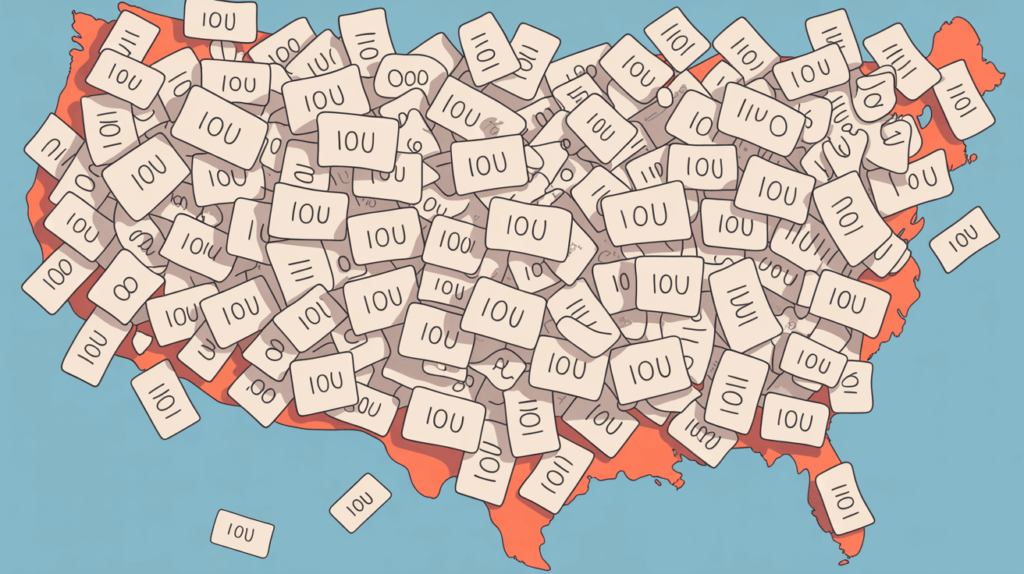There’s a lot of noise out there drowning out an important signal most Americans should probably know about (yes, even MAGA! Perhaps especially MAGA given the disproportionate effects this Republican budget bill is likely to have on their red state communities). That is by design — retired entrepreneur Bill Southworth refers to it as “narrative warfare” in the Russian tradition; Steve Bannon calls it “flooding the zone with shit;” and psychologists simply call it narcissistic personality disorder. By whatever name, today’s political information ecosystem is being manipulated to obscure the actual business of government, because the culture wars are staggeringly popular while the actual GOP agenda goes over like a lead balloon in terms of popular opinion.
So much so that the House Rules Committee plans to take up the “big, beautiful bill” for consideration, recently passed out of the Budget Committee on late Sunday night, at 1:00am in the morning. Nothing says pride like a dead of night hearing!
The Medicaid cuts that are in the Republican budget bill are especially toxic to the GOP — reportedly 75% of Americans on both sides of the aisle oppose the deep cuts to critical services that the right-wing seems hell-bent on enacting despite better ways to extract savings, like preventing private insurers from “upcoding” care to make it more expensive.
The reckless cuts to public services are meant to offset the cost of what Republicans and their billionaire donors want on the other side of the ledger: the extension of Trump’s 2017 tax cuts for their corporate donors and wealthiest Americans. Nevermind, apparently, that these tax cuts are primarily responsible (along with the George W. Bush tax cuts of the early 2000s) for the increasing debt ratio that the GOP falls all over themselves to theatrically complain about — while single-handedly and relentlessly continuing to make it worse.


